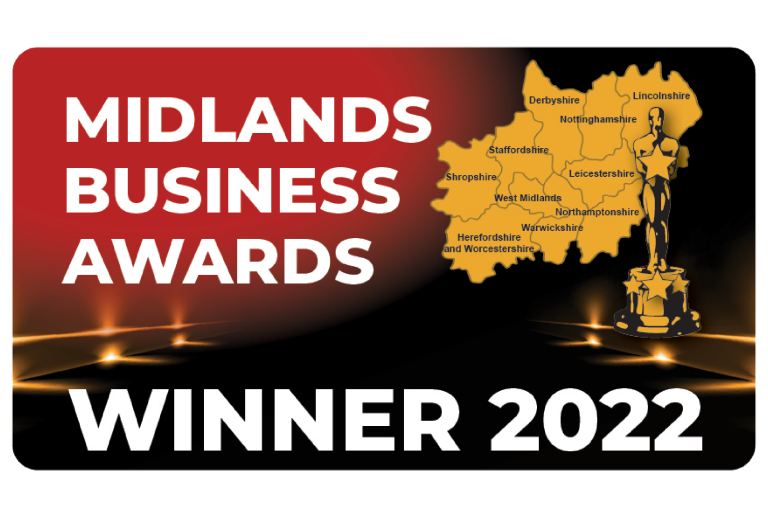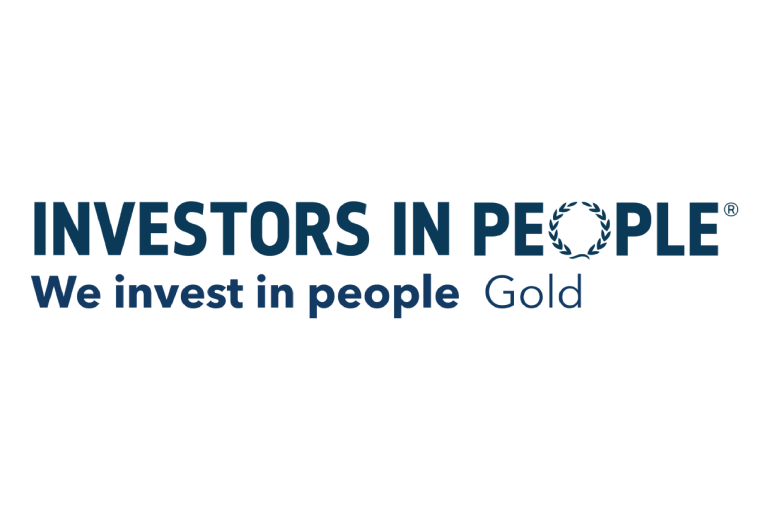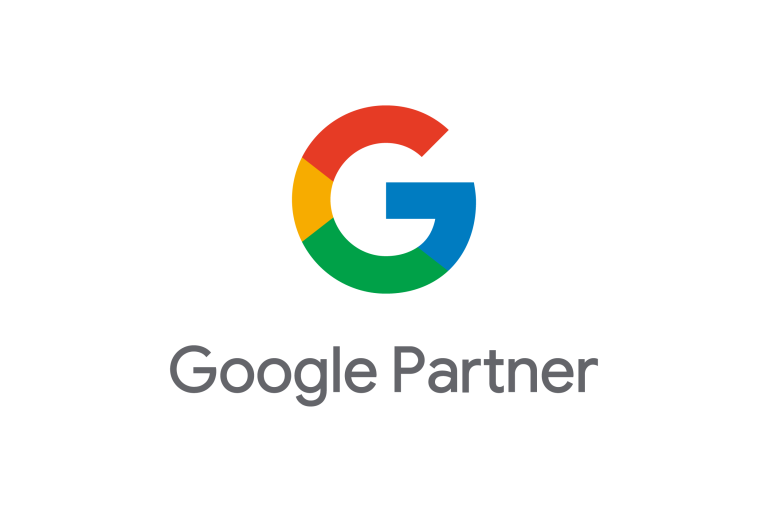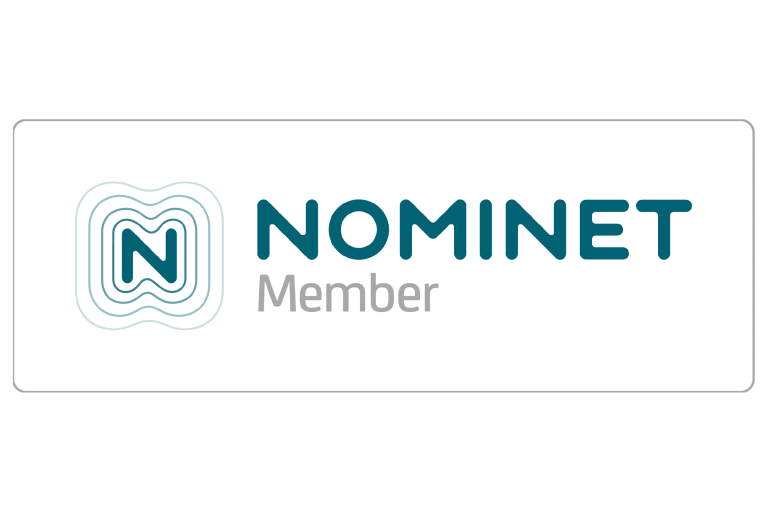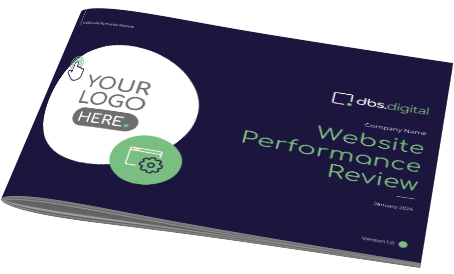If you find yourself asking ‘what is content marketing?’ you probably already know the answer. In fact, if you have used the Internet in the last ten years you’ve seen it in action. Get ready for an ‘ah-ha’ moment.
Let’s break it down.
What is Content?
In digital marketing terms, content can be a digital document, a download, a blog or a news article it can even be an article recorded for those who prefer audio & visual, or a graphic for those who respond to visuals.
Content is something that has been created in digital format for the purposes of marketing.
Marketing Purposes
Content Marketing is often not a direct sales tool. Think about it. How often do you receive a newsletter from a company or read a blog that pushes you towards a sale? If you did receive such emails you would very likely unsubscribe from the emails.
Instead, content marketing is used to inform the target audience that the business knows what they are talking about. They might be industry leaders. They might be well-respected in their field. And what better way to showcase those skills than by creating valuable content.
Organic Reach
Organic reach is what website owners strive for. Visitors find the website organically. It’s cost-free (apart from an initial investment of time). So, how does content marketing help organic reach? Think about this, a website might have five web pages. A home page, a Contact Us page and a page each for three different services. In this scenario, there are five opportunities to reach organic visitors using SEO. Each of those pages can be optimised to show for different search terms. This is basic SEO and is what businesses should be doing.
However, now imagine the website has a blog. Every week the business releases a new article on an area of their expertise. Every one of those articles is an opportunity to reach a new, wider audience. after just five articles they have doubled the number of web pages their website has. Add to that other forms of content such as videos, downloads and images or graphics and the organic reach of that little five-page website will soon start to grow.
Planning
As with any digital marketing exercise, planning is key. You are building an audience. If you plan to start a blog then plan to continue that blog. You are searching for an audience. If your first blog post reaches one-hundred people, you might find only ten of those enjoy it enough to read your next post. Over time, the number of loyal readers will grow. They will expect to see your new blog post on a certain day and who are we to disappoint them. We want this loyalty. We’ve earned this loyalty.
Make a Content Marketing Plan
Plan to write a blog each week, fortnight or month, but be realistic with your time. There’s no point in planning something you know you don’t have time to do. Fortnightly blog posts are a good compromise.
Now all you need to do is work out what you want to write about. Get ahead of the game. Put yourself in your customers’ shoes and think about topics they might want to read about? Make a plan for the next eight to ten blog posts and develop a habit.
Now What?
Okay, so you’ve written and published your first blog post? Pat yourself on the back and be proud. I’ll use the blog as an example here, but, the same principles used here are applicable to all forms of content. Don’t expect the masses to come over the proverbial hills to descend on your little article. They don’t know it’s there yet.
Share it on Facebook. Request (politely) for others to share it too. You should start to see your Facebook followers grow as you post more and more of your blogs.
If you used an image on your post, then perhaps share the image on Instagram with a catchy and relevant title. The same goes for Twitter.
More Content Marketing…
The savvy among us will know that there is more to be gained from this than just increased SEO and word-of-mouth clients.
The digitally minded among us are thinking…hmm, what if I was able to offer those true fans something cool to download such as tips? Then could send them emails to let them know when I have published a blog and also to let them know when I am running a promotion. Welcome to email marketing 101. This is a tried and tested idea.
Another great use of that additional organic traffic is to send Google re-marketing campaigns. Yes, it’s a thing. By using re-marketing tools such as Google Ads, you can create groups of your website visitors and display ads to them on other websites. Imagine it. They read your post. They visited your website but haven’t quite made the decision to use your business yet. By placing re-marketing ads on other websites, you can remind them you exist. It might just jog their memory of your business enough to click on that button and give you a call.
Content Marketing Summary
Over time, and with enough posts, a large number of people will find your business. Many of them will fall away and that’s okay. They aren’t the people you want to please. They may not like your tone of voice or your writing style, which by the way should be natural, edited, and free of grammar mistakes. The readers who stay, however, are the ones you really want. They are your fans. Nurture them. Reward them. Hold on to them. These are the people that at dinner with friends would mention your business name should the topic arise, or discuss something interesting you wrote about. These are the people that help your business grow.
And what has it cost you? A little time, and a little effort but zero cost.
At DBS Digital, we provide Content Marketing Services so you can put your mind at ease and have great content created for your business. Our dedicated team is here to help. To learn more, make sure to get in touch with us today.



